A Crucial Role
As our first line of quality control, our beta readers are super crucial. I include here a sort of “job description,” our few expectations, and the editorial process for you to become familiar with. This is not line editing (which is reserved for the Jr. Editors); we are looking for you to give the piece a quick read and make a simple judgment.
The Process
Here’s the beta reading process.
The managing editor or the senior editor assigns a submission to a beta reader. She’ll include a hoped-for deadline.
The beta reader agrees or declines to take on the piece.
If the deadline is unworkable, we negotiate!
The beta reader takes 10-30 minutes to read through the submission. No copy editing or extensive comments required. Then he or she emails a recommendation.
The Expectations
We ask that our beta readers become familiar with these resources:
We also ask that you keep the following questions in mind when evaluating the submission.
Form
Does the manuscript they're reading match our required format?
If it's not even close, that may require we bounce the piece back to the author for resubmission in the right form. If it's close, the beta reader can mention it in his or her report, and the assigned junior editor can format it (i.e., set the type size and line spacing, etc.).
Content
Does the piece’s thesis fit in with the mission of the Anselm Society?
Does it fit Anselm’s communication vision to publish material that helps readers Understand, Enjoy, or Embody an idea?
Does its topic address either the Things of Heaven on Earth, Eternity in Time, or the Eucharistic Life?
Is its style appropriate for our website? (Avoiding grandiose or overly philosophical writing, stream-of-conscious journaling, anything associated with “worldview” content, a message that portrays the Church as the bad guy, etc.)
Is the thesis unique rather than predictable/conventional, and is the content substantive and engaging?
Does the piece accomplish what it sets out to do?
What is the quality of writing? (It doesn’t have to be of the highest caliber, but we’re striving for excellence. Our editors are willing to work with the author to raise the level if the thesis is original and the content worthy of improvement.)
Do the arguments put forth seem logical and (to your best guess as you skim the piece) factual?
Would you recommend it to a friend?
The Final Step
We recognize most submissions will not be ready for publication upon arrival. A piece might be written well but lack an engaging thesis/point; or it might have a fresh perspective but need more thought or reshaping. That’s why we’re grateful for your gate-keeping function.
Once you’ve read the submission and given our questions some thought, it’s time to make a decision.
You can either
Recommend that the publications editors return the piece to the author
A. because it doesn’t match Anselm’s mission and communications vision; or
B. to ask for revision.Or you can
Recommend that the editors accept the piece
A. – with substantial editing, or
B. as is – with minimal copy editing.
Finally, jot down a few sentences that help us understand your reasons for your recommendation. Give feedback you want to offer the author. It could be as simple but important as "get to the point more quickly for an online audience." The Anselm Society Publications Team wants to approach interactions with potential writers from as positive, encouraging an orientation as possible.
Your last step is to email Sarah@anselmsociety.org and CC Anita@AnselmSociety.org with your recommendation and your feedback/analysis.
We’ll take it from there, to communicate with the author and schedule editing and fact-checking as the need requires.

